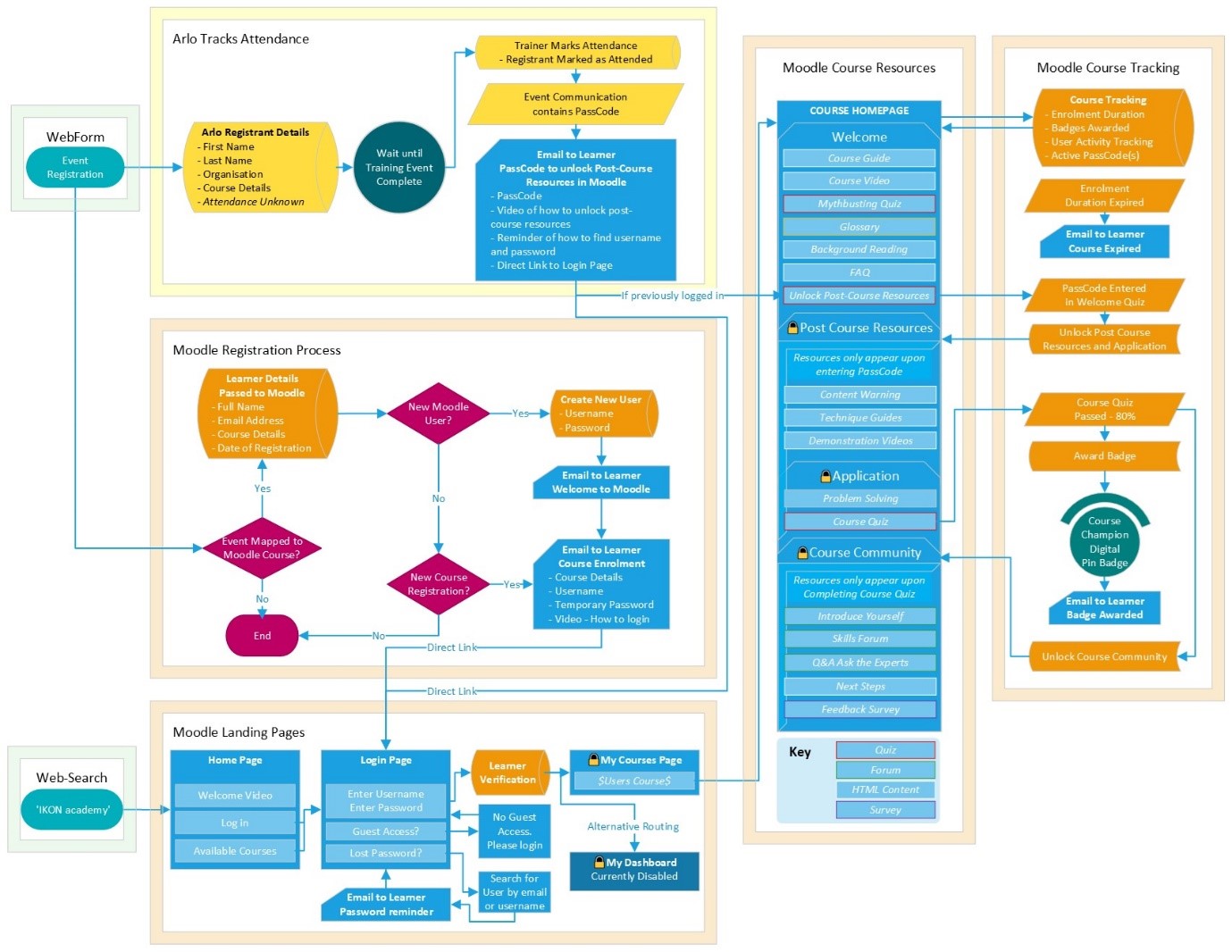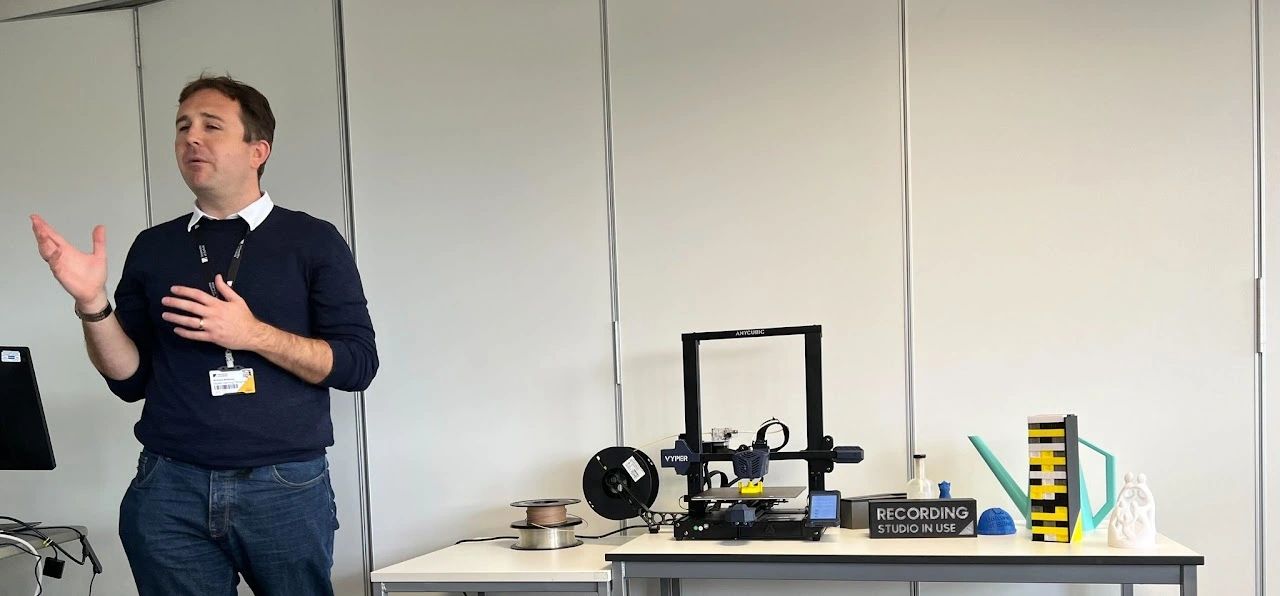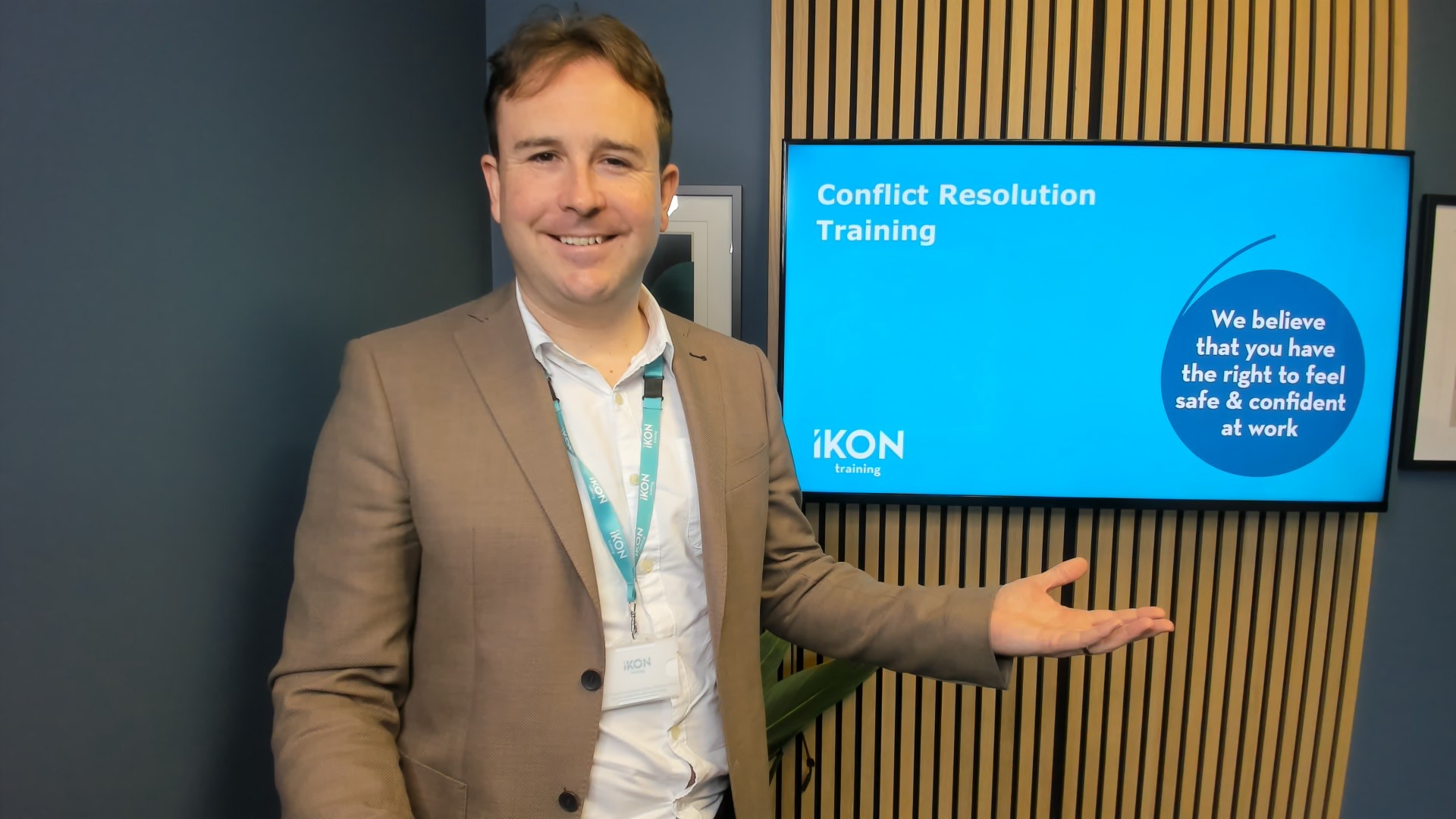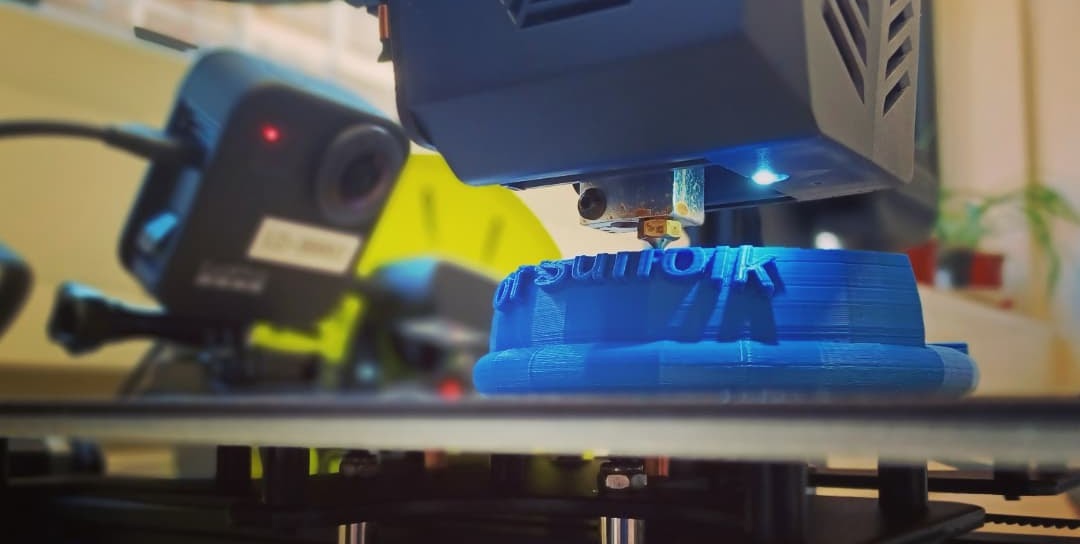CMALT Portfolio
My journey towards achieving Certified Membership of the Association for Learning Technology (CMALT).
.png)
Working towards the CMALT Certification
I am aiming to acheive CMALT certification to showcase my commitment to professional development in learning technology.
The CMALT Framework
Contextual Statement
CMALT (Certified Membership of the Association for Learning Technology) is a peer-based professional accreditation scheme developed by the Association for Learning Technology (ALT). The scheme enables candidates to demonstrate that they are investing in their personal and professional development and have a commitment to professional practice in learning technology. My journey towards achieving CMALT certification has been a reflection of my dedication to continuous professional development in the field of learning technology.
I am currently working within a corporate environment as Digital Training and Development Design Lead, however there are many parallels with the Academic work I completed recently whilst employed at the University of Suffolk. In the following sections, I outline how I have worked towards the requirements of Membership. I have used AI to check the spelling and grammar of this content and to convert some plain-text to styled HTML for this website. All writing is my own.
Core Area 1: Operational Issues
This area covers the management of learning technology resources and activities. It includes planning, implementation, support, and evaluation of learning technology projects. My experience at IKON Training involved managing the Digital Development Strategy, ensuring effective use of technology in teaching and learning.
Core Area 2: Learning, Teaching, and Assessment
This area focuses on the application of learning technology to support and enhance learning, teaching, and assessment and expliains my work on the Empowering e-Learning Project. My role involved integrating technology into teaching practices, developing eLearning content, and implementing innovative assessment methods.
Core Area 3: The Wider Context
This area involves understanding the broader context in which learning technologies operate, including policies, standards, and legal considerations. My work has involved ensuring compliance with GDPR, accessibility standards, and other relevant legislation, inlcuding creating content around legal rights an responsibilities.
Core Area 4: Communication
In this section I outline my communication strategies and how I have used these in the development of learning content, operational processes, and wider collaborative projects. I also evidence recent testimonials from colleagues and associates about my ability to communicate effectively.
Core Area 5: Specialist Areas
In this section I explore my specialist learning skills through projects I have worked upon recently that have involved the creation of specialist learning tools, such as the development of Immersive Learning Scenarios for the IKON Academy Learning Platform, and the creation of 3D Printed Learning Objects for the Law Department of the University of Suffolk.
Future Aspirations
Continuous Professional Development (CPD) is an essential part of CMALT accreditation and an essential part of any career in learning technology. It involves actively seeking out opportunities to learn and grow professionally. Throughout my career, I have engaged in various CPD activities, such as attending conferences, participating in webinars, and completing relevant courses. These activities have helped me stay up-to-date with the latest trends and best practices in learning technology, in a time when things are changing swiftly with the advent of AI integrations and generative content.
Looking ahead, I am excited about the future of learning technology and its potential to transform education. I am committed to continuing my professional development and contributing to the advancement of the field through research, collaboration, and sharing best practices.




